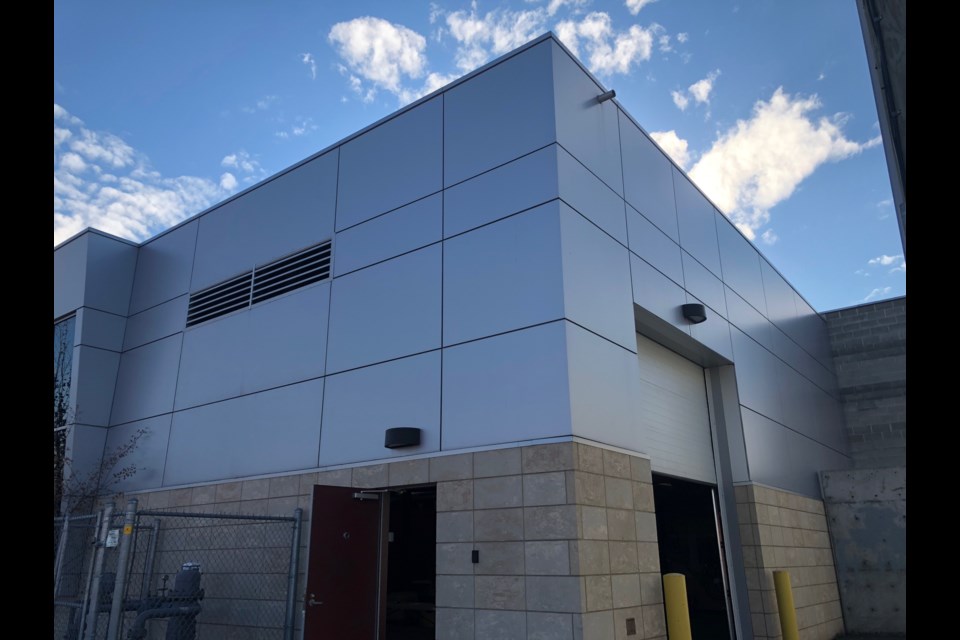The City of Prince George is sharing their impressions of the Downtown Renewable Energy System's performance during the recent cold snap that saw temperatures read -44 C.
A news release says the system operated at its "highest level ever and may have set a new standard for Canada in the process."
The system distributes heat from Lakeland Mills to almost a dozen buildings in the downtown area including City Hall, the Public Library, Two Rivers Gallery, Four Seasons Pool and the RCMP detachment on Victoria Street.
Hot water that's heated with wood chips, as well as shavings at the mill, is circulated through close to three kilometres of underground pipes, which provide heat and hot water to the buildings.
Back-up heaters that burn natural gas were not needed during the frigid temperatures, the city says.
“There are only a handful of municipal district heating systems in Canada that primarily use a renewable fuel source and for Prince George to be able to operate at 100 per cent through such a cold period is certainly a positive achievement,” said Raymond Boulter, a national expert on community energy systems with Natural Resources Canada in the release.
“It shows that renewable, low-carbon heat is possible even in Canada’s northern communities.”
Other buildings using the system include provincial buildings such as the courthouse and the Wood Innovation and Design Centre.
Being connected to the city energy system has already saved B.C. about $175,000 in carbon offsets and natural gas purchases.
Through extremely cold temperatures last week, the City of Prince George's Downtown Renewable Energy System operated at its highest level ever – and may have set a new standard for Canada in the process.
— Prince George, BC (@CityofPG) January 22, 2020
Learn more: https://t.co/w0w4ilHett pic.twitter.com/BCOuBwCt3n
The city says the UNBC Wood Innovation and Design Centre is producing 95 per cent fewer greenhouse gas emissions than if it was heated with natural gas.
“We’re proud to support the City of Prince George in the development of its downtown renewable energy system,” Minister of Municipal Affairs and Housing Selina Robinson says.
“The work we’re doing through our Clean BC Government Buildings Program, such as connecting the Prince George Courthouse and the WIDC to this system, is putting B.C. on a cleaner, more sustainable path.”
Provincial and the federal government, as well as the Federation of Canadian Municipalities, gave funding of almost $11 million towards construction costs of the system.
Bioenergy currently provides about 10 per cent of all the energy used by city buildings and operations yet produces almost zero greenhouse gas emissions.
The system officially began operating in 2012.
- with files from Hanna Petersen, PrinceGeorgeMatters

.jpg;w=120;h=80;mode=crop)

